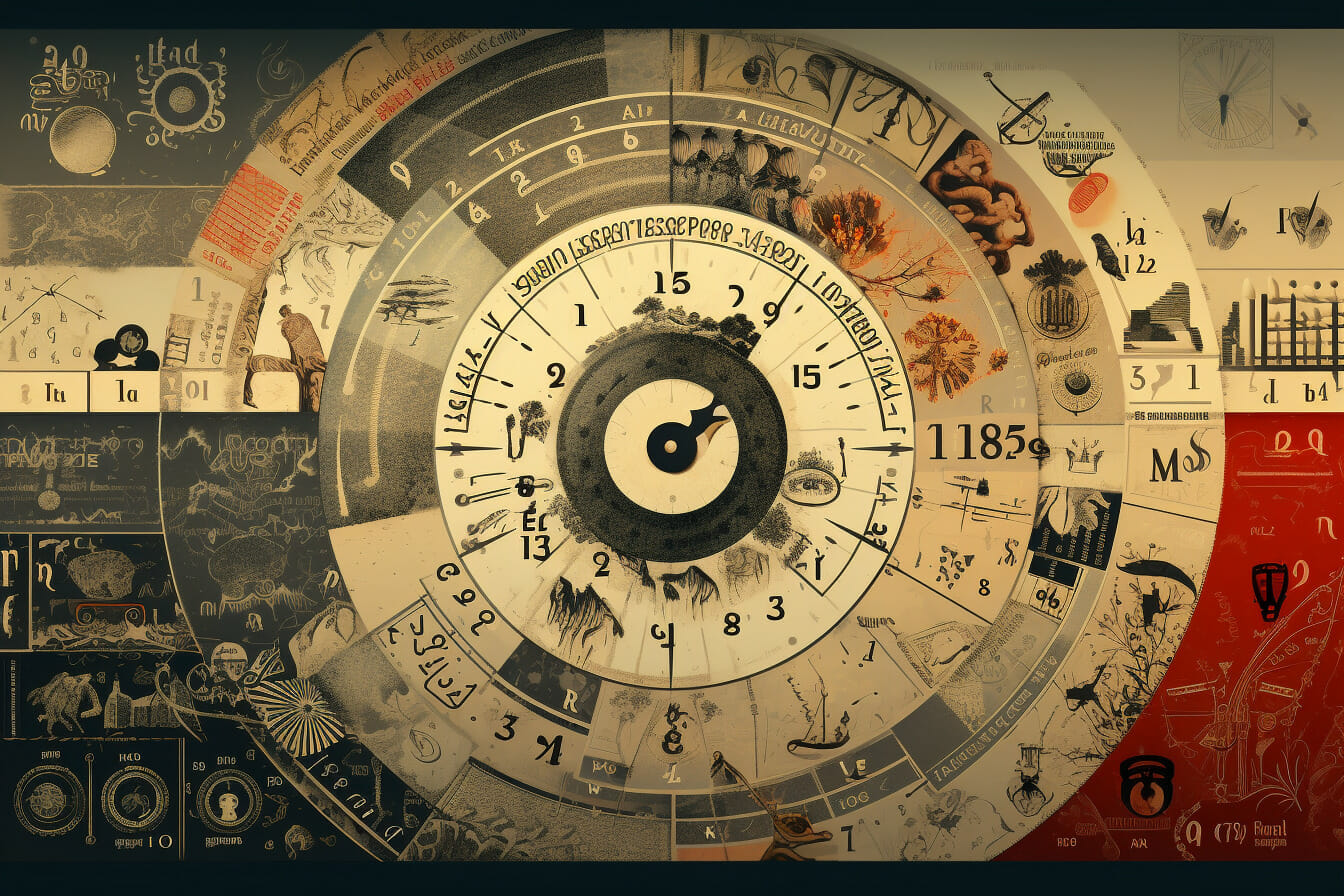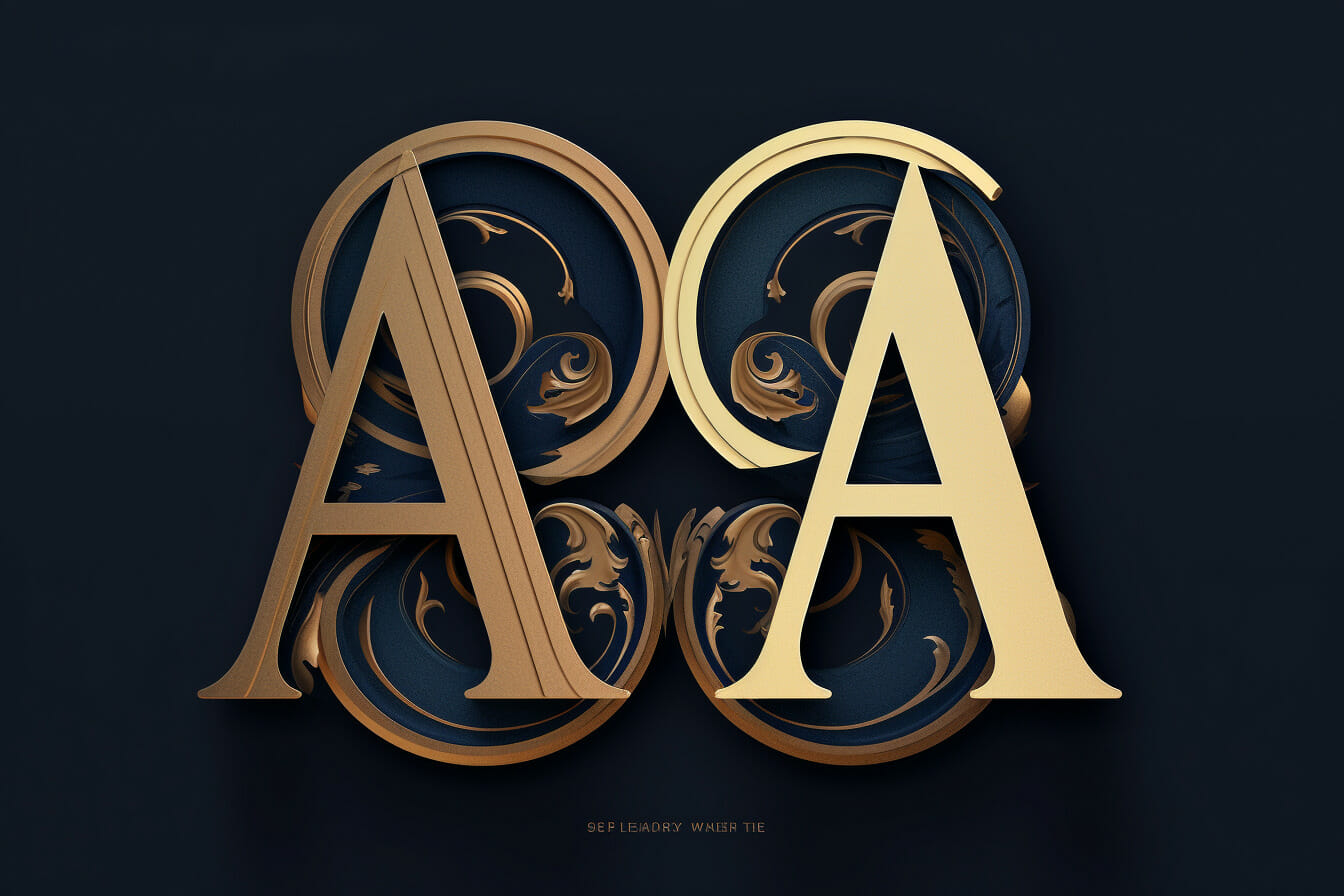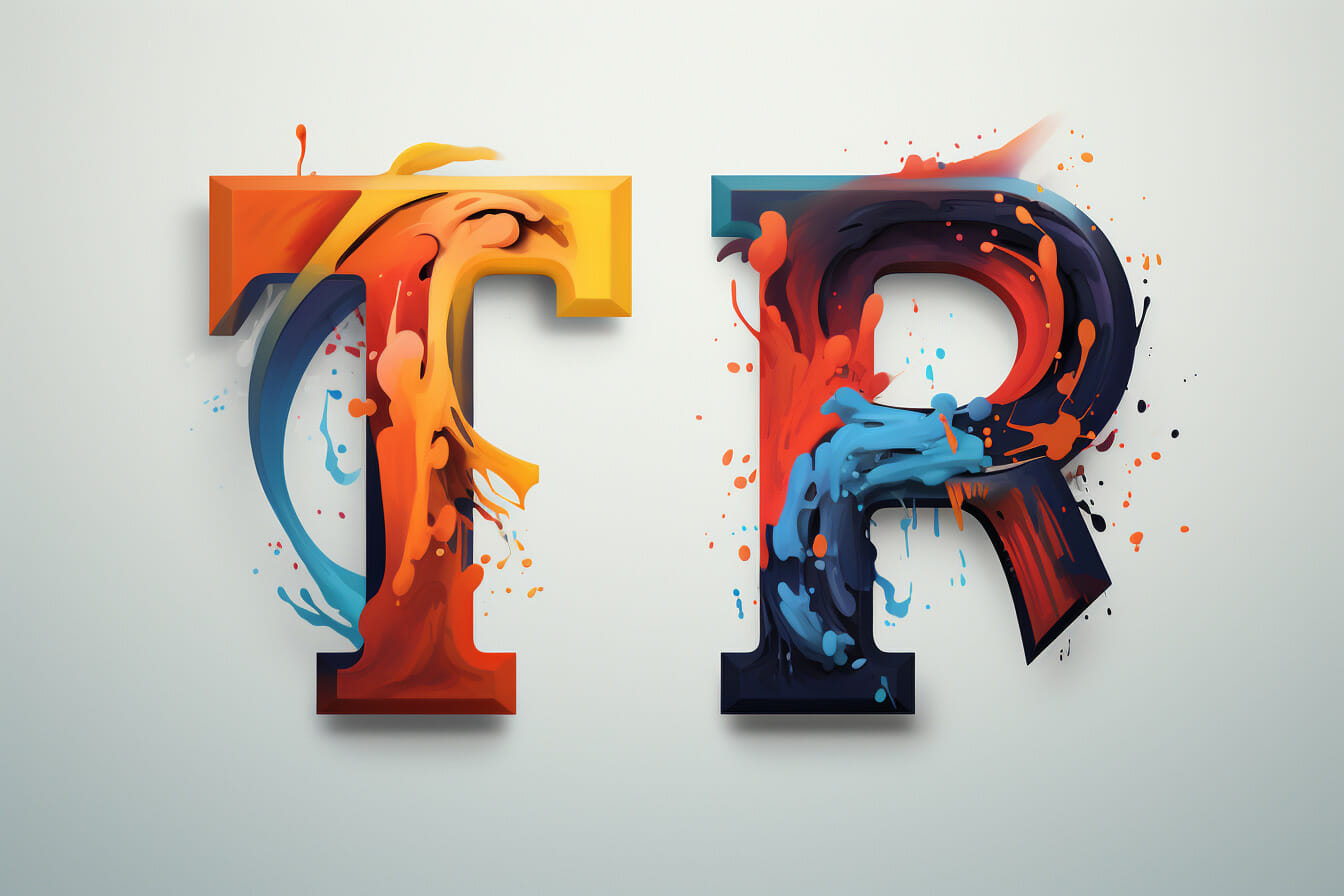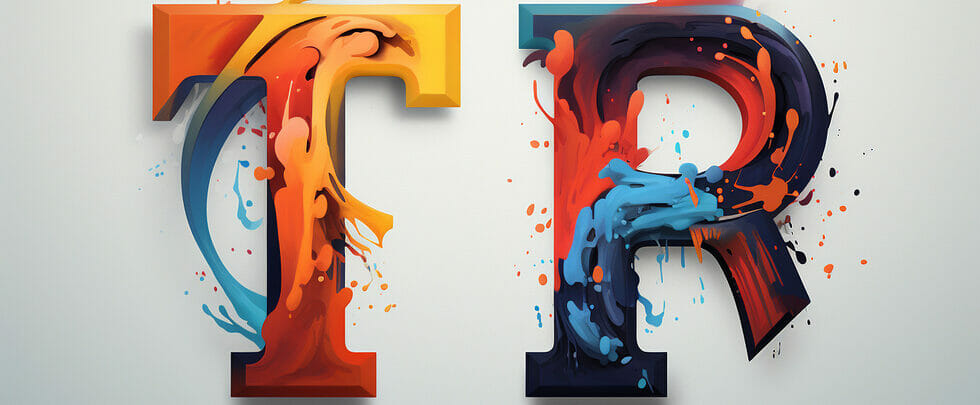Distinguishing Typeface from Font: Explained
Have you ever wondered the difference between ‘typeface’ and ‘font’? You’re not alone. Despite often being used interchangeably, these terms aren’t identical.
This article will delve into the fascinating world of typography, unraveling the history, definitions, and differences of these two crucial graphic design elements.
So, whether you’re a seasoned designer or a curious newbie, let’s dig into the intriguing nuances of ‘typeface’ vs ‘font’.
Table of Contents
Definition and History of Typography

Typography’s history is fascinating. It’s an art form that’s been evolving since the invention of writing systems. It’s essential to how we communicate visually today.
You see, typography began with the ancient scripts. It evolved through the Middle Ages with the development of movable type. Finally, it reached its modern form with the advent of digital technology.
Now, in the world of typography, there are two terms you’ll often hear – typeface and font. Initially, a typeface was a particular type design, while a font was a type in a specific size and weight. In short, a typeface is what you see, and a font is what you use.
But today, with digital design, these terms often get used interchangeably. However, understanding their difference can help you make more informed design decisions.
Understanding the Term ‘Typeface’
It’s essential to understand that the term often referred to in design refers to a family of related fonts. Yep, we’re talking about the word ‘typeface.’
When looking at a typeface, you see a set of characters, numbers, and symbols that share a standard design or theme—the visual aesthetic links them all together, like a family resemblance.
Think of it as a complete set of clothes in a wardrobe. You’ve got different styles, sizes, and weights, but they all belong to the same collection. That’s a typeface.
From bold to italic, from regular to condensed, each variation is a different ‘font.’ So, in essence, a typeface is a collection of fonts. Knowing the difference can make you a better designer or typographer.
Exploring the Concept of ‘Font’

Now, let’s dive into the concept of a ‘font.’
You’ve probably heard this term many times, but what does it mean?
Well, in the simplest terms, a font is a specific style and size of a typeface. For instance, Arial is a typeface, but Arial 12-point bold is a font. It’s essentially a subset of a typeface with unique characteristics.
Think of a font as the physical embodiment of a typeface. It refers to the metal block printers used for each character, size, and weight. Nowadays, in digital terms, the file on your computer tells the printer or screen how to display the typeface.
So, while the terms are often used interchangeably, they have different meanings.
Differences and Similarities between the Two Terms
Despite sharing some commonalities, there are distinct differences between the terms ‘font’ and ‘typeface.’
A typeface is a creative work that includes a set of characters, numbers, and punctuation marks. Think of it as the ‘design’ of letters.
On the other hand, a font is a specific style, weight, and size of a typeface. It’s the ‘implementation’ of the design. For example, Arial is a typeface, while Arial 12 point bold is a font.
However, the lines between these two terms have blurred due to digital typography, leading to their usage interchangeably. But remember, if you’re dealing with design professionals, using these terms correctly can help establish your knowledge and credibility in the field.
Practical Applications in Graphic Design

Understanding the nuances of these terms can significantly elevate your designs. It gives you the ability to create visually appealing and impactful projects.
For instance, the typeface you choose sets the tone of your design and communicates a message beyond the text itself. It’s the visual tool you use to capture your audience’s attention and convey your brand’s personality.
On the other hand, the font you use can influence readability and the overall user experience. Selecting the right font size, weight, and style can make your text more legible and appealing.
Your understanding of typeface versus font can help you make more informed design decisions. So, keep exploring these concepts and apply them in your designs to see the remarkable difference they can drive.
Frequently Asked Questions
Can you explain the difference between font and typeface in more detail?
Sure! Think of a typeface as a family of designs and a font as a member of that family. For example, Helvetica is a typeface, and Helvetica Bold 12pt is a font within that typeface.
Is there a difference between typeface and font?
Yes, there is a distinction between typeface and font. Typeface refers to the design, while font refers to the specific style, weight, and size.
What is the font vs typeface debate all about?
The font vs typeface debate revolves around the confusion and misuse of the terms. Many people use ‘font’ to refer to both the design and the specific style, which can lead to misunderstandings.
What is a serif typeface?
A serif typeface is a typeface that has small decorative typeface, lines, or serifs, at the end of letter strokes. Examples of serif typefaces include Times New Roman and Georgia.
What are some standard design features when choosing a font for your project?
When selecting a font, you may want to consider factors such as legibility, readability, appropriateness for the content, and alignment with the overall design aesthetic.
What is the difference between a font and a glyph?
A font is a collection of glyphs, individual graphical representations of characters. A glyph represents a specific character, such as a letter or a symbol.
How do I access specific fonts in desktop publishing software?
Most desktop publishing software provides a font menu to choose and apply specific fonts to your text. This allows you to select the desired style, weight, and size for your type.
What is the difference between font and typeface?
The terms ‘font’ and ‘typeface’ are often used interchangeably, but there is a subtle difference between the two. A typeface is a set of design features that make up a particular style or design of letters, numbers, and symbols. On the other hand, a font refers to a specific file that contains the information necessary to display the typeface on a computer screen or in print.
What is type design?
Type design is the process of creating and designing typefaces. It involves carefully crafting the shapes, proportions, weights, and other characteristics of the letters, numbers, and symbols that make up a typeface.
What’s the difference between a typeface and a font?
The terms ‘typeface’ and ‘font’ are often used interchangeably. Still, technically, a typeface refers to the design, while a font refers to the software file that enables the display of that design.
What is a sans serif typeface?
A sans serif typeface is a style of type that does not have small decorative strokes at the end of letterforms. It has a clean and modern appearance, making it well-suited for use in digital interfaces and contemporary designs.
What is a type of family?
A type family is a group of typefaces designed to work together and share similar visual characteristics. It typically includes different weights, such as regular, bold, and italic, providing flexibility and versatility in typography.
Conclusion
So, you’ve journeyed through the fascinating world of typography, discovering the subtle differences between typefaces and fonts.
You’ve learned that a typeface is a design style, while a font is a specific size and weight of that style.
Both play critical roles in graphic design, helping you communicate your message effectively.
Armed with this knowledge, you’re ready to make more informed design choices.













